Carbon Border Adjustment Mechanism (CBAM)
New Rules for Global Trade — New Risks, New Responsibilities
The EU Carbon Border Adjustment Mechanism (CBAM) is the first cross-border carbon pricing regulation in the world. Designed to prevent carbon leakage and ensure a level playing field between EU producers and foreign competitors, CBAM applies a carbon cost on imported goods based on their embedded emissions.
At Climate Balanced, we support exporting companies, importers, and trade-facing institutions with CBAM compliance services, reporting tools, and targeted capacity-building programs — including our signature CBAM 101 and CBAM Deep Dive trainings.
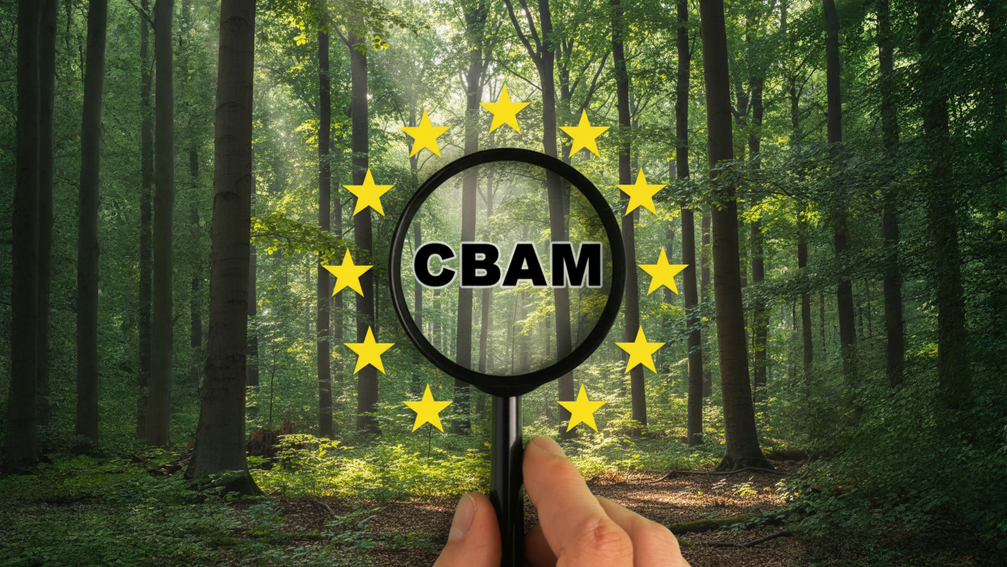
What is CBAM?
CBAM is a trade-aligned extension of the EU Emissions Trading System (EU ETS). It targets emissions embedded in goods imported into the EU from countries that do not apply an equivalent carbon price. This ensures that EU climate policies are not undermined by production shifting to jurisdictions with lower environmental standards — a phenomenon known as carbon leakage.

Key CBAM Terms:
Embedded Emissions: Direct and indirect GHG emissions released during the production of goods
CBAM Certificate: A unit representing one tonne of CO₂e embedded in imported goods, to be surrendered by EU importers
Carbon Leakage: The risk that emissions reduction in one region leads to emissions increase in another due to production relocation
CBAM Declarant: The authorized importer responsible for reporting and compliance
Default Values: Emissions factors published by the EU used when no verified actual emissions data is available — penalized over time
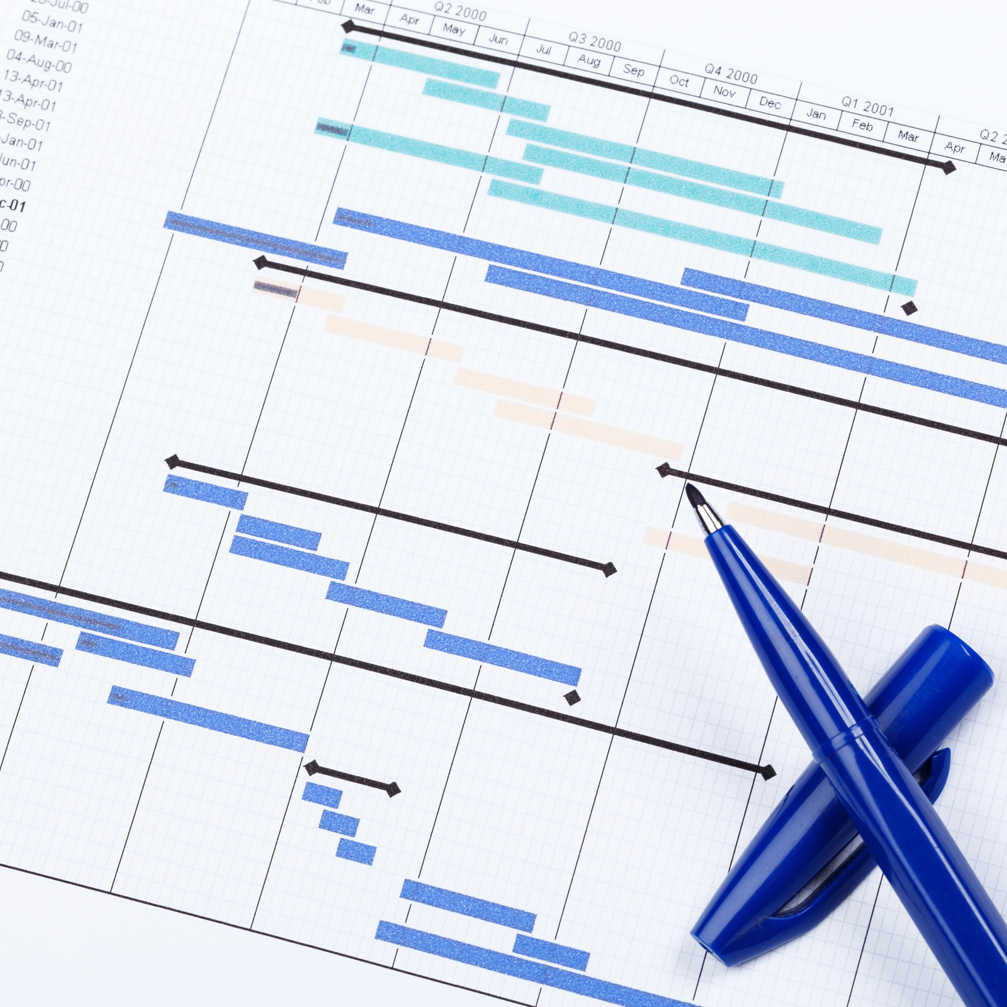
CBAM Implementation Timeline
Pilot Phase (2023–2025)
- Started on October 1, 2023
- No financial payment required during this period
- Importers must submit quarterly CBAM reports detailing direct emissions of imported goods
- Sectors covered: cement, steel, aluminum, fertilizers, hydrogen, and electricity
Transition Phase Ends / Full Implementation Begins (January 1, 2026)
- EU importers must purchase and surrender CBAM certificates based on embedded emissions
- Prices will be linked to EU ETS allowance prices
- Only actual emissions data verified by accredited third parties will be accepted Default values will be gradually phased out
Phasing Out of Free Allowances (2026–2034)
- EU producers will lose their free allocations under the EU ETS
- CBAM becomes the sole carbon pricing protection against leakage
- Foreign exporters face full exposure to the embedded carbon cost

Impact on Exporters & Importers
For Exporters (Non-EU)
- Must calculate and disclose product-level embedded emissions
- Must prepare and deliver CBAM Communication Forms to their EU clients
- Will be disadvantaged if only default emissions values are used, as these often overestimate actual performance
- May need to develop MRV systems, conduct LCA/PCF studies, or obtain EPDs
For EU Importers
- Must submit quarterly CBAM reports
- From 2026 onward, must buy and surrender CBAM certificates for the emissions in imported goods
- Need to ensure traceability and supplier cooperation for data accuracy
- Will bear compliance risk if actual emissions data is missing or unverifiable
CBAM compliance is no longer optional — and emissions reporting must be data-driven, not default-driven.
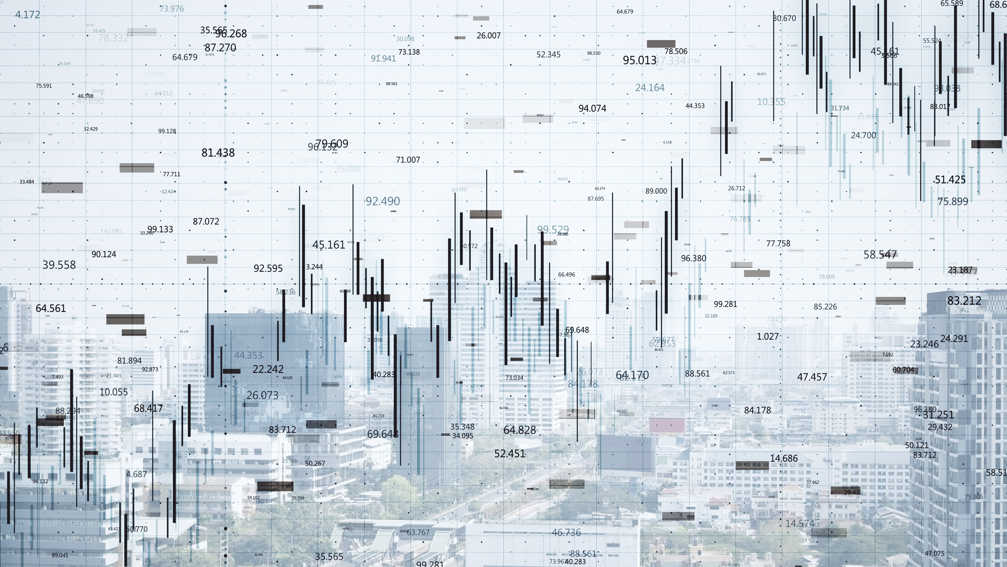
Why Actual Emissions Data Matters?
Relying on default emissions values may:
- Overstate the carbon intensity of your products
- Increase your exposure to certificate costs
- Undermine your competitiveness in EU markets
- Signal weak sustainability performance to downstream buyers
Using actual emissions data enables:
- Cost optimization
- Transparent environmental performance
- Competitive advantage in low-carbon product positioning
- Readiness for other carbon pricing instruments globally

How We Help?
CBAM Compliance Support for Exporters
- Mapping of CBAM-liable product flows
- Supplier-side emissions data collection and validation
- Emissions quantification and product footprinting
- Preparation of CBAM Communication Forms
- EPD and LCA alignment for verifiable emission profiles
Don’t let carbon costs become trade barriers. Prepare now.
Strategic Advisory for Importers
- Risk assessment of supplier portfolios
- Default vs. actual emissions benchmarking
- MRV framework design for embedded emissions
- CBAM certificate procurement strategy (post-2026)
Reduce risk, optimize reporting, and secure your supply chains.
Capacity Building: CBAM Training Programs
We offer two dedicated training formats tailored to different stakeholder needs:
CBAM 101
An entry-level, sector-agnostic training covering:
- CBAM design, timeline, and legal framework
- Sector-specific exposure
- Key compliance tasks for exporters and importers
CBAM Deep Dive
Advanced, technical training for compliance teams and sustainability officers:
- In-depth emissions calculation methods
- EU reporting procedures
- MRV system design
- Interaction with other carbon pricing policies (ETS, Article 6, VCM) vailable as in-house workshops or online modules.
Educate your team, empower your strategy.
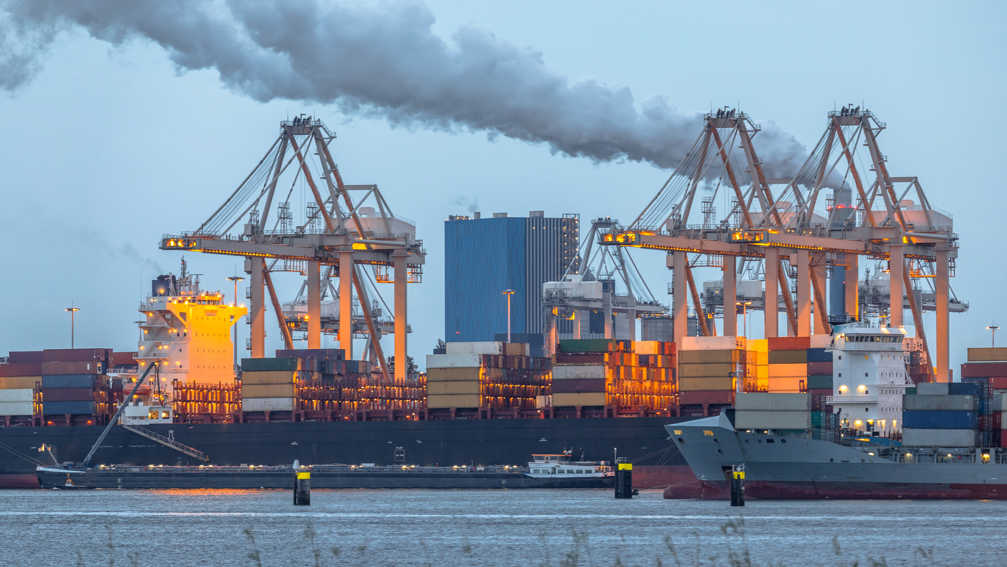
Who Should Work With Us?
- Exporters to the EU in CBAM-covered sectors (steel, aluminum, cement, fertilizers, hydrogen, electricity)
- Importers into the EU seeking verified supplier data and reporting compliance
- Industry associations training members on CBAM readiness
- Sustainability teams and policymakers seeking in-depth understanding of carbon pricing in trade
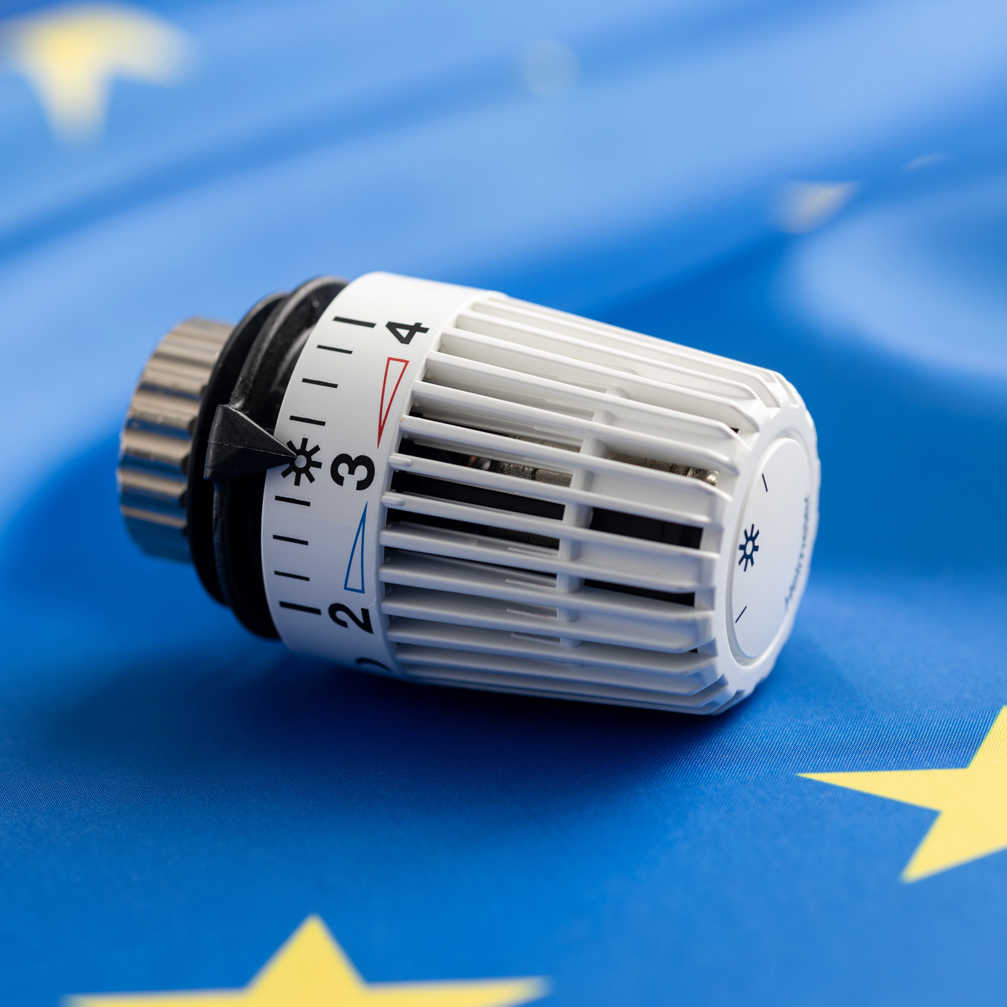
Let’s Get CBAM-Ready
Whether you need to report emissions, train your team, or build a compliant export strategy — we’re here to guide you through the complexities of CBAM.
Contact our CBAM Desk: trading@climatebalanced.com
Request a compliance consultation or training schedule: